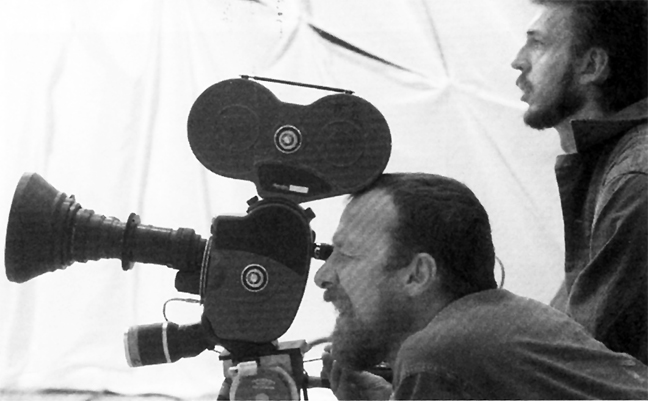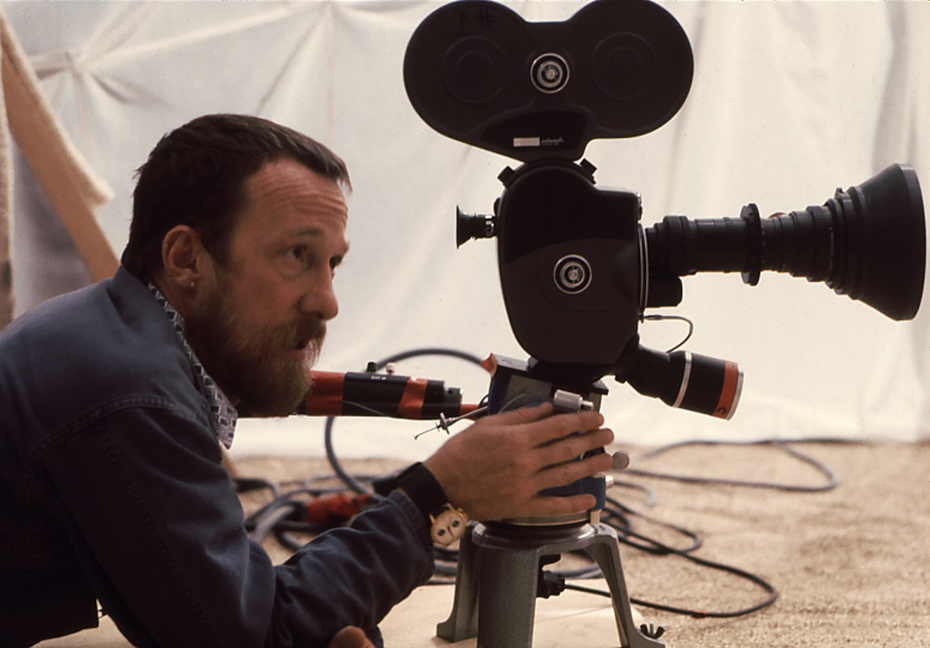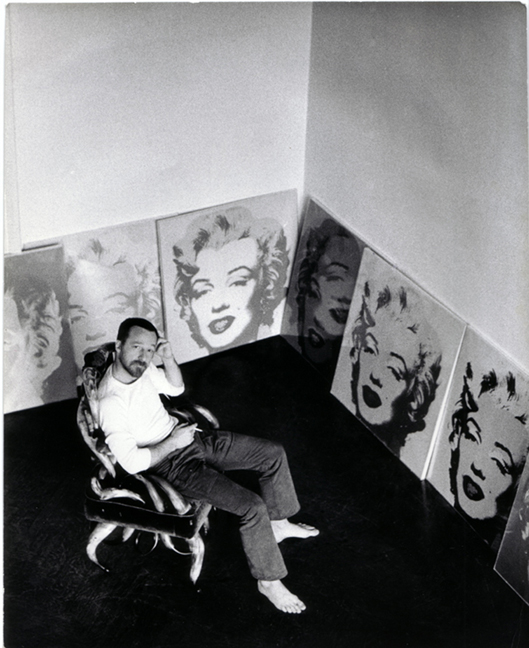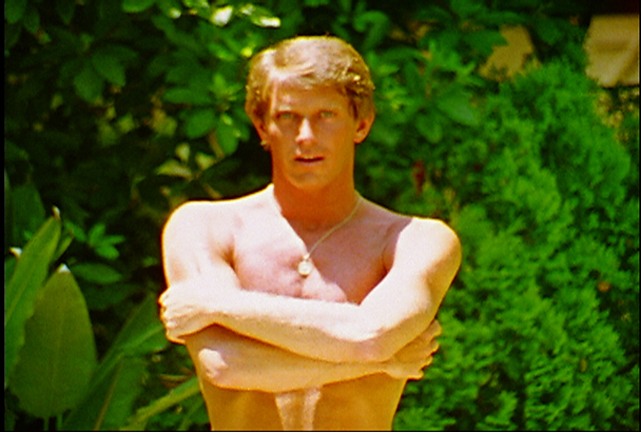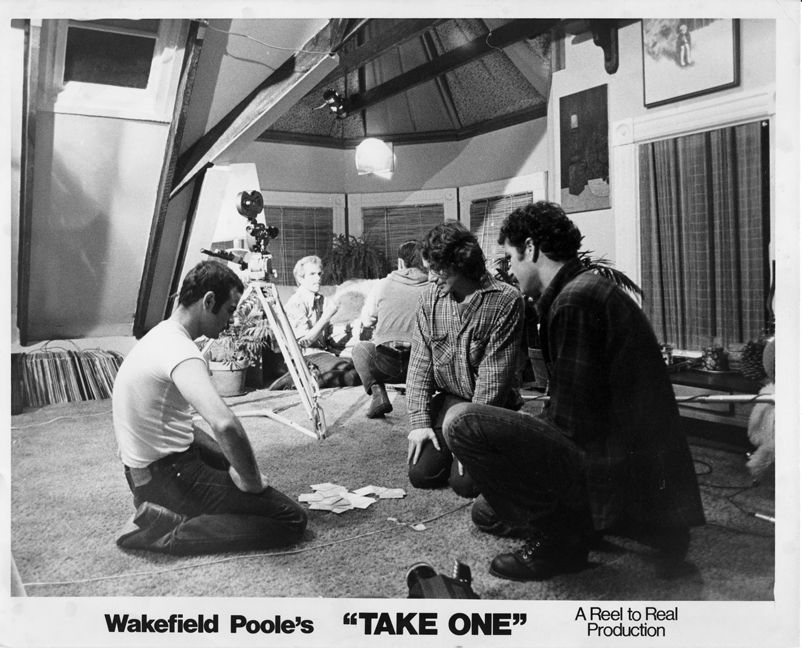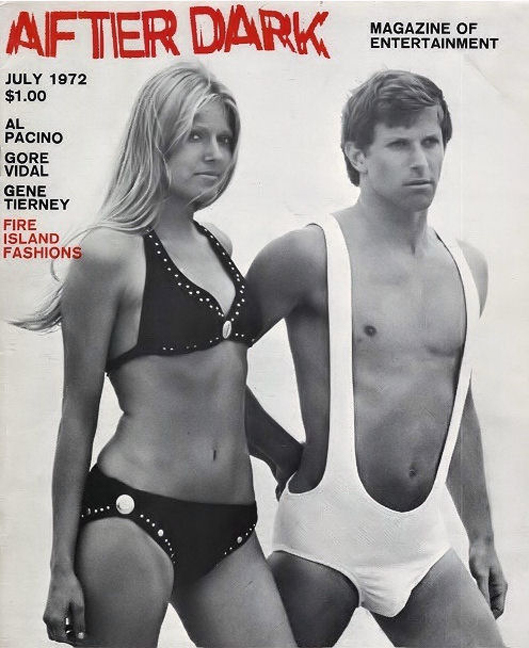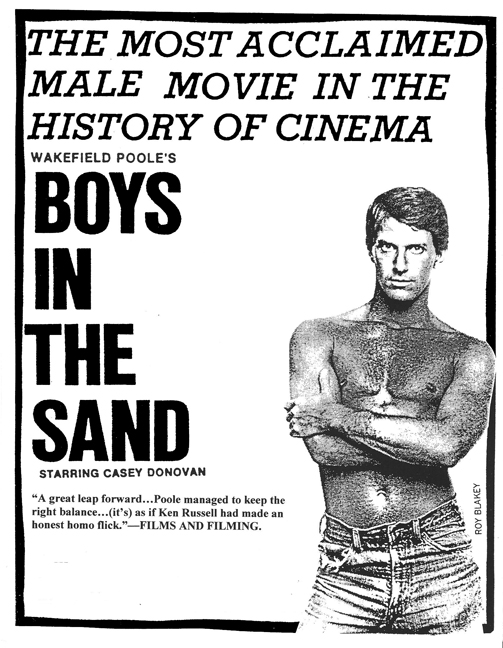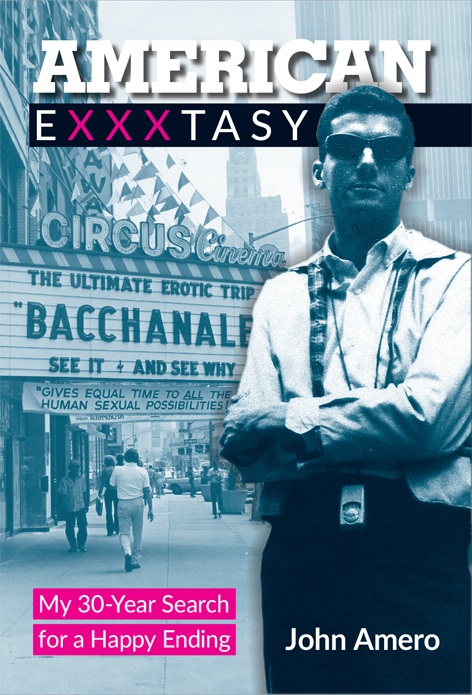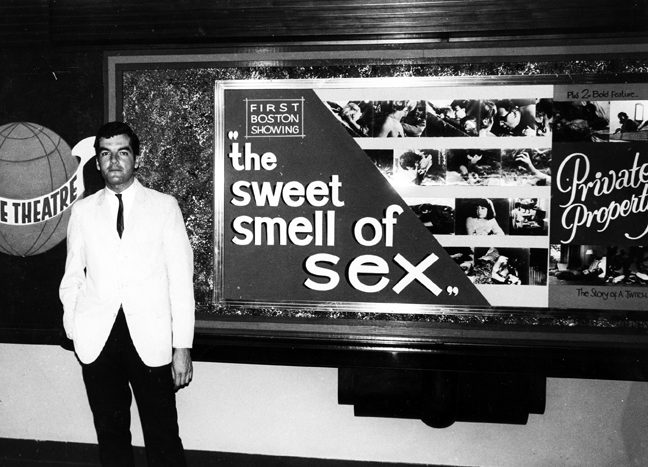Podcast: Play in new window | Download
Subscribe: RSS
The film director, Wakefield Poole, passed away this week. He was 85.
I remember a girlfriend once catching me sat behind a pile of men’s magazines. Playboy, Mandate, Cheri magazine…
I was engrossed in them, oblivious to her or anything else taking place around me.
After looking at me for a while, she commented: “It’s really true. You do read sex magazines for the articles.”
That’s also true for my interest in a film like Wakefield Poole’s Boys in the Sand.
On the one hand, the film was a pioneering American gay pornographic film. It was the first gay adult film to include credits and to be reviewed by the movie industry journal Variety. Everyone remembers Deep Throat as being the pioneering sex film, but Boys in the Sand premiered at the 55th Street Playhouse in Manhattan over six months before. And it was an immediate critical and commercial success. Long lines of people queued to see it every night.
My interest in the film went beyond just the sex. I was fascinated by how it was produced on a budget of just $8,000. I was fascinated with Casey Donovan, the film’s blond Adonis who emerges from the water in the first scene. I was fascinated with Fire Island, a gay Shangri-La where it’s always summer. I was fascinated with the Frank house in which many of the scenes were filmed.
Sidenote: A few years ago, I noticed the house was on the market for a million and a half. I called the agent and said I was interested in buying. I was semi-serious. I arranged a viewing. It is small but spectacular.
The ‘Frank House’ was designed by the architect Andrew Geller in Fire Island Pines, NY, in 1958. It was designed after Rudy Frank, an ice cream entrepreneur, and his family had gone on vacation to Mexico and visited the Mayan ruins at Uxmal. They wanted a house inspired by the temples and the great stepped pyramids. The architect, Andrew Geller came up with something thoroughly modern but with ancient undertones in its inward-sloping walls.
The house hadn’t changed in the five decades since the film was shot there. It was uncanny to look around and expect Casey Donovan to walk up to you at any moment.
Most of all though, I was fascinated by the film’s director, Wakefield Poole. Wakefield came to adult films after a success career as a dancer, choreographer, and theatrical director. I was keen to talk to him.
This podcast interview I did with him was one of the first we ever did.
The episode running time is 100 minutes.
_________________________________________________________________________________
Wakefield Poole
On this episode of The Rialto Report, Wakefield Poole talks with remarkable candor about his life as a independent filmmaker and pioneer of gay rights, and Jim Tushinski talks about his new documentary, I Always Said Yes: The Many Lives of Wakefield Poole. It’s a story of great highs, tragic lows, dance, films, drugs, acclaim, censorship, Fire Island, bath houses, AIDS, the mob, and much more.
Wakefield Poole had quite a life.
As a dancer he was a child prodigy, and in the late 1950s, he joined the Ballet Russe before going on to be in demand as a dancer, choreographer, and director on Broadway and in television for much of the 1960s.
By the late 1960s, Wakefield had started experimenting with film, producing a number of acclaimed multimedia shows in New York, and then in 1971, he made his directorial film debut with the groundbreaking Boys in the Sand.
Forget Deep Throat and porno chic for a moment. Boys in the Sand came out earlier, was critically acclaimed, and was a huge and artistic commercial success. It provided a template on how to market a sex film. It also launched the career of Casey Donovan, an iconic vision of gay masculinity.
Not bad for a gay porn film that cost less than $5,000 to make.
Wakefield’s cinematic style was immediately was immediately evident; here was a filmmaker who used his dance and theater background to create beautiful, erotic art films that engaged your mind as well as your senses. This was an era where making pornographic films meant that you were liable for prosecution and jail time. But Wakefield remained open, honest and outspoken – probably because he didn’t think of himself as a pornographer. He believed that films could be artistic as well as sexually explicit.
In 1972, Wakefield went one step better and made Bijou – a surreal, psychedelic vision of sexual decadence that was an even more impressive film. It was another big hit.
And then disaster. He and producer Marvin Shulman attempted to make a crossover film. It was called Bible! and was based on a trio of Old Testament stories about famous Biblical figures. It even starred Georgina Spelvin as Bathsheba. This time the production was lavish, the budget was extravagant, the film’s reception was cool. Wakefield’s life was turned dramatically upside down by the experience.
2013 sees the release of a documentary about Wakefield Poole’s life called I Always Said Yes: The Many Lives of Wakefield Poole.
It’s directed and produced by Jim Tushinski, who also directed the excellent 2005 film That Man: Peter Berlin. His new film is an important work about an important filmmaker; please visit Jim’s website and consider becoming a donor. The chances are that whenever it is that you’re reading this, Jim is probably still paying for this excellent and worthwhile project. We need smart documentarians like Jim just as much as we need lyrical fimmakers like Wakefield Poole.
I Always Said Yes: The Many Lives of Wakefield Poole – Official Website
I Always Said Yes: The Many Lives of Wakefield Poole – Facebook
